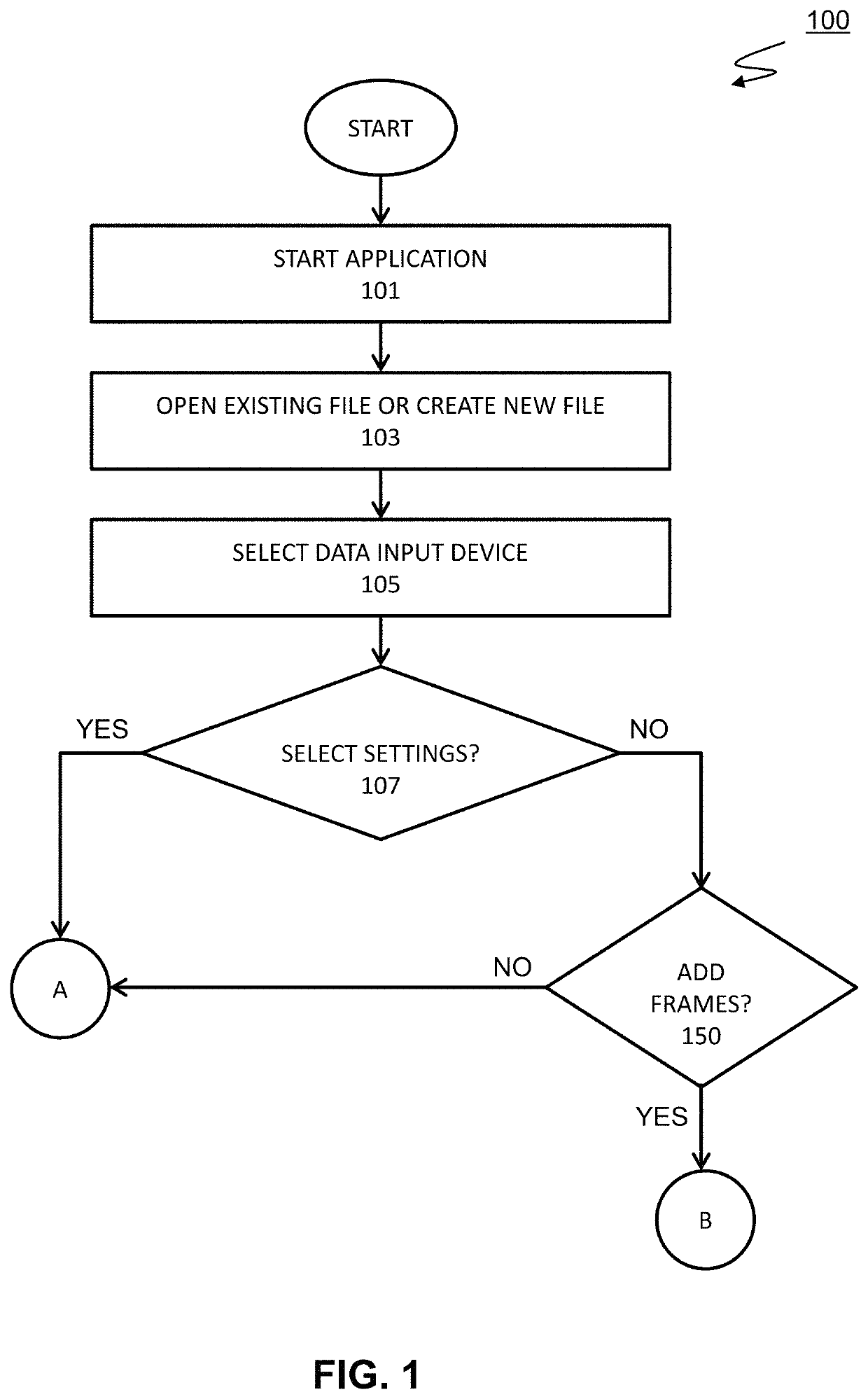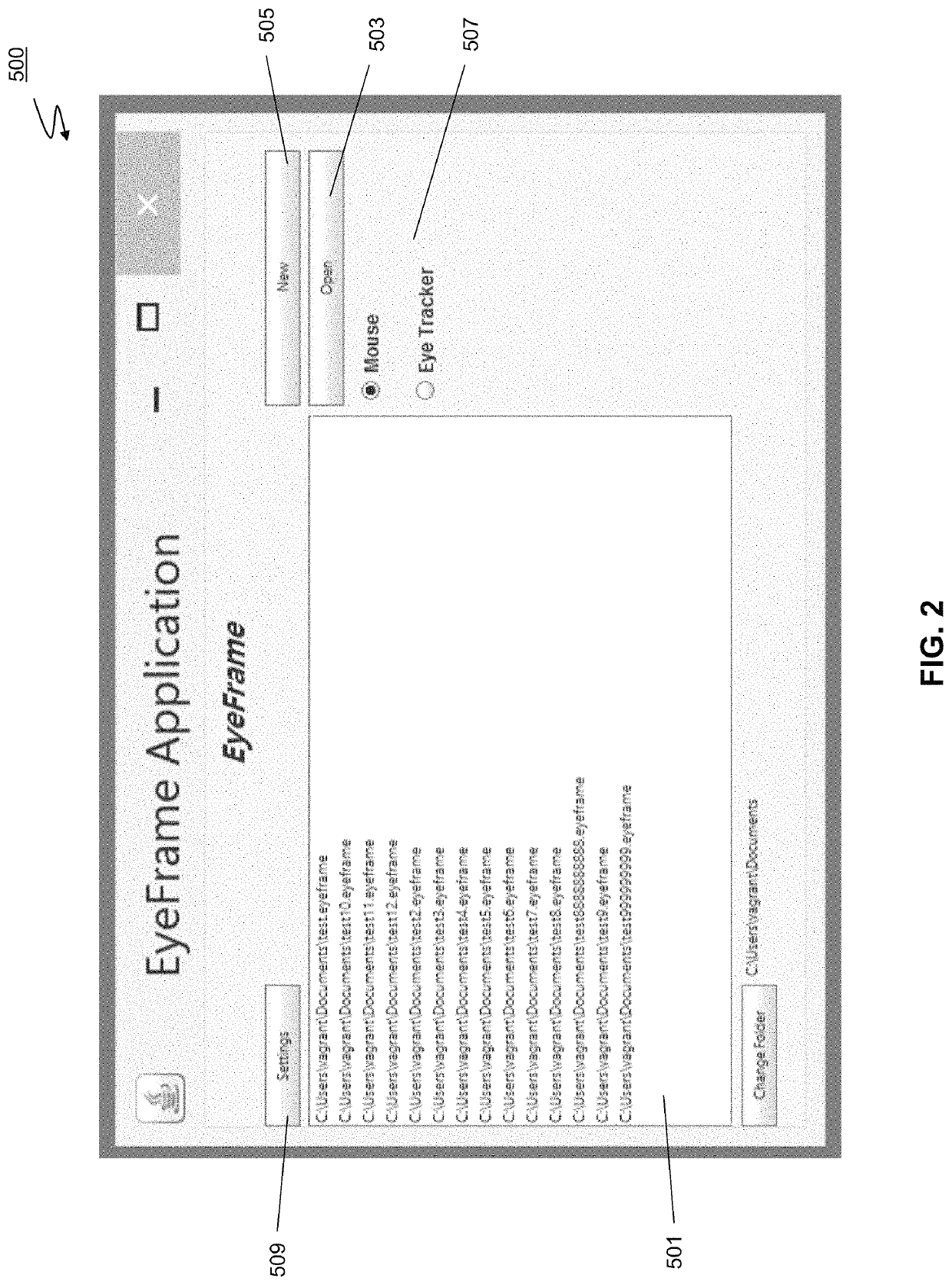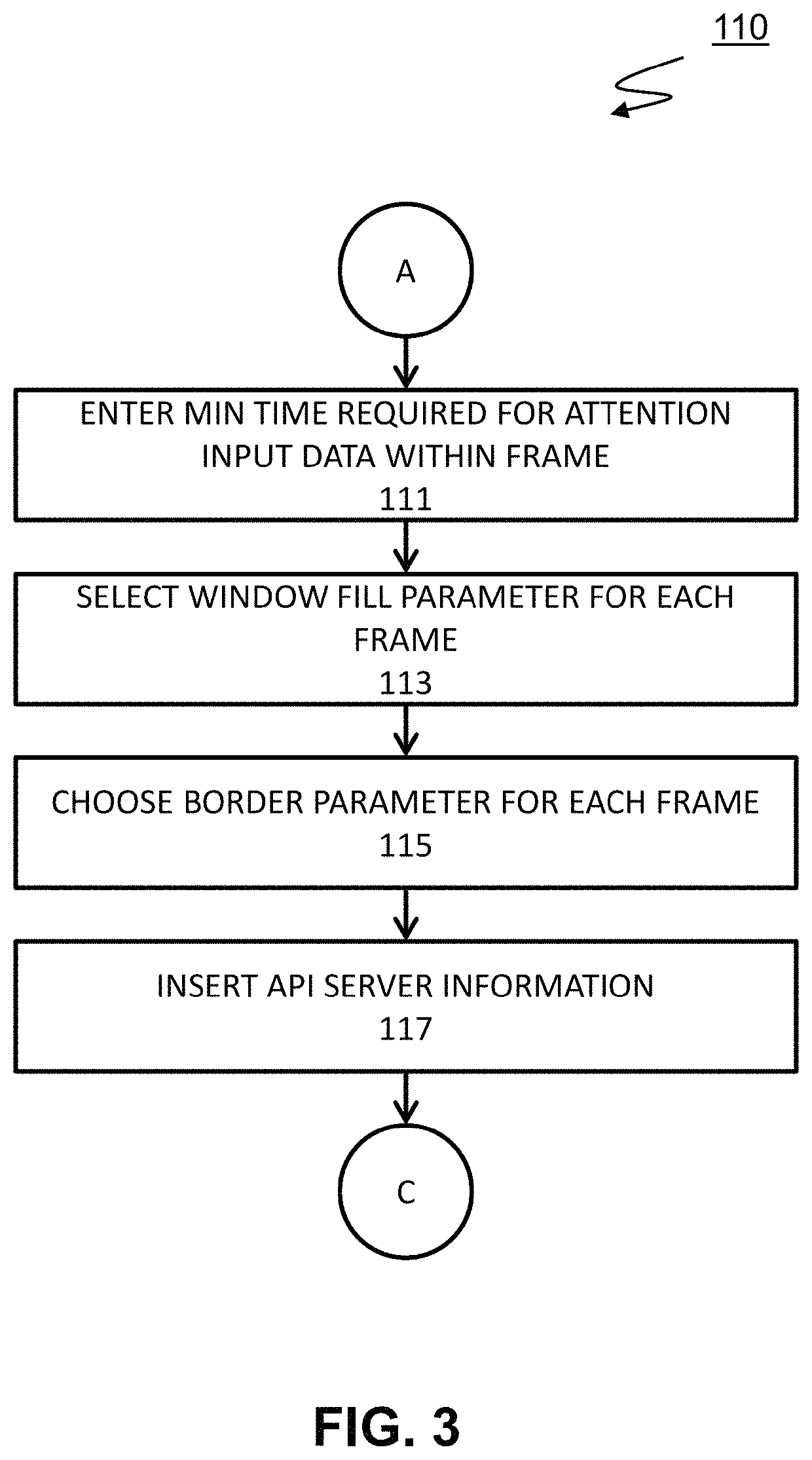System and methods for cuing visual attention
a visual attention and cue technology, applied in the field of system and methods for cuing visual attention, can solve the problems of negative correlation between perception and ability, individual may neglect viewing one or more displays or areas on some displays, and miss some information, so as to facilitate better management of visual attention of individuals
- Summary
- Abstract
- Description
- Claims
- Application Information
AI Technical Summary
Benefits of technology
Problems solved by technology
Method used
Image
Examples
Embodiment Construction
[0042]The invention is directed to a system and methods for providing one or more sensory cues to direct visual attention. A user's gaze on a screen display is monitored. Once it is determined that the user's gaze is neglecting an area of the screen display, a sensory cue prompts the user to direct their visual attention to that area of the screen display. For purposes of this invention, the sensory cue is a visual cue but any sensory cue is contemplated such as an audible cue or tactile cue.
[0043]The invention is directed to an application for selecting or creating sensory cues, using the sensory cues to record attention input data to determine a neglected area of a screen display, and presenting the sensory cue to cue the user to direct their attention to that area of the screen display.
[0044]According to the invention, there are two phases of the application that provide one or more sensory cues to direct visual attention: a sensory cue programming phase and a sensory cue executi...
PUM
 Login to View More
Login to View More Abstract
Description
Claims
Application Information
 Login to View More
Login to View More - R&D
- Intellectual Property
- Life Sciences
- Materials
- Tech Scout
- Unparalleled Data Quality
- Higher Quality Content
- 60% Fewer Hallucinations
Browse by: Latest US Patents, China's latest patents, Technical Efficacy Thesaurus, Application Domain, Technology Topic, Popular Technical Reports.
© 2025 PatSnap. All rights reserved.Legal|Privacy policy|Modern Slavery Act Transparency Statement|Sitemap|About US| Contact US: help@patsnap.com



